Introduction
The goal for light curve photometry is to have measured magnitudes adhere
as closely as possible to the correct light curve variation. Given that we
usually don't know all aspects of the correct LC variation a priori,
the next best thing is to have measurements adhere as closely aqs possible
to a best fit LC that's compatible with a priori knowledge. Normally,
the a priori knowledge includes the assumption that the OOT portions
of the LC should be a smoothly varying function that can be fit by only a
temporal trend and air mass curvature components. Another example of a
priori knowldges is that ingress and egress should be the same length,
and other respects the LC should be symmetric about the mid-transit time.
These simple assumptions allow any specific set of LC measurements to be
evaluated in terms of "model-referenced RMSi," which I'll define as the RMS
of individual (image) measured magnitudes with respect to a best fitting
model. If the model is capable of representing the actual LC variation then
"model-referenced RMSi" should be the same as RMSi, provided systematic errors
are small, where RMSi is the RMS of individual (image) magnitudes based on
short-term scatter. When systematic errors are present they will usually
vary on timescales longer than the interval between measurements. Thus, systematic
errors will cause "model-referenced RMSi" to be larger than "RMSi." One goal
for the serious observer should be to evaluate the magnitude of systematic
errors by comparing "model-referenced RMSi" with "RMSi," which can be done
by orthogonally subtracting the first from the latter.
RMSi, or short-term scatter, is influenced by three principal components:
1) thermal noise from the CCD chip and readout electronics, 2) Poisson noise,
and 3) scintillation. The remainder of this web page is devoted to estimating
RMSi based on the way these three sources depend on telescope aperture, air
mass, reference star choices and photometry aperture size.
Deriving RMSi
My preferred way to determine RMSi is to compare each individual measurement
with the median of it neighbors, where approximately 6 neighbor measurements
are used. The number of neighbor readings could be 3, 6, 8, etc, and each
choice has an associated correction due to the fact that the median of a
finite number of measurements will itself have an uncertainty. Using "median"
instead of "avearage" reduces the influence of outliers on the resulant RMSi.
If 6 neighbor values were averaged the average would exhibit an uncertainty
of 1/sqrt(5) of the RMSi. Since I'm using medians we have to add an extra
15%. thus, with 6 neighbors median combined the median will exhibit an SE
of 1.15/sqrt(5), which is 0.51 * RMSi. When a value is compared with this
neighbor median the difference will exhibit an SE of sqrt(1 + 0.51^2) = 1.12
* RMSi. Therefore, when viewing a set of differences of values from the median
of 6 neighbors we should assume that their RMS is actually 1.12 times the
RMSi that we're trying to evaluate.
Predicting RMSi Thermal
After calibrating an image (bias, dark and flat), and before any star
alignment adjustments are made, the individual pixels will exhibit an RMS
variation in areas free of stars that I will call "pixel noise," Ni. For
my CCD, an SBIG ST-8XE, Ni = 7.5 counts when the CCD is cooled to about -25
C. Propogating errors for summing counts within a signal aperture, and subtracting
an expected level from a sky background annulus, and converting to mmag yields
the following simplre result (as explained on pages 128-129 of my book, Exoplanet
Observing for Amateurs, Second Edition):
SE(thermal) [mmag] = 1086 × sqrt(s) × Ni
/ Star Flux [counts]
Eqn 1
Each reference star is subject to an uncertainty given by the same equation (but with different star flux values), and when several reference stars are averaged their ensemble SE is given by:
Ensemble SE for reference stars = {sqrt (SE12
+ SE22 + SE32 + … +SEn2)}
/ n, where SEn is SE for reference star n.
Eqn 2
This is a general equation that applies to all three sources of noise
(thermal, Poisson and scintillation) when ensemble photometry is employed.
Our goal for this section is to calculate “ensemble SE for target” for the
thermal component, and this is done by orthogonally adding SE(target) and
the above “ensemble SE for reference stars” for the thermal cources. Every
star field is different, so tere is no simple way to calculate the way all
these errors propogate to a final SE(thermal) value excpet in a computer
program or spreadsheet that takes into account the star fluxes for all stars,
the signal aperture used and the Ni value for the observing session under
consideration. I have implemented these calculations in a spreadsheet used
to process CSV-files imported from MaxIm DL's photometry solutions. In order
to illustrate some concepts it will be instructive to consider a couple cases.
Consider a "standard case" in which the target star has a peak flux of
30,000 counts (~ halfway to saturation), the PSF is a Gaussian shape with
FWHM = 4.0 pixels, and one other reference star is used that is 0.3 magnitudes
fainter (75% the flux). The target and reference stars will have a flux of
685,300 and 514,000 counts. Next, assume that these stars are measured using
a photometry circle with radius of 10 pixels, and assume Ni = 7.5 counts.
SE(thermal) = 1086 × sqrt(314) × 7.5 / (685,300 & 514,000)
= 0.21 & 0.28 mmag. After subtracting the target's magnitude from the
reference star's magnitude, SE(thermal) = 0.35 mmag. When the target star
is the brightest star in the FOV, even the use of many reference stars can
exceed by a large amount the target star's SE, so the "standard case" just
considered is close to ideal. For the case for HAT-P-13, for example, there
is a nearby reference star that is 0.3 magnitude fainter than HAT-P-13 (that's
why I chose hthis example).
Predicting RMSi Poisson
The Poisson noise component is slightly easier to caluclate. We need to
assume a value for CCD "gain," which relates the total counts from a star
to the number of photons that released photoelectrons to produce that count.
Typicaly, it takes ~ 2.5 photons to produce one count. So when the total
counts from a star is 685,300 there must have been ~ 1.7 million photon abasorption
events leading to that count. Poisson theory states that when this number
is large (and 1.7 million is large enough for this to apply), SE = sqrt(Number).
So the SE on 1.7 million is 1309 events, or converting to counts we have
an SE of 524 counts. Converting to mmag units, SE = 1086 * 524 / 685300 =
0.83 mmag. The equation tha bypasses intermediate steps is
Poisson Noise SE [mmag] = 1086 / sqrt (CCDgain ×
StarFlux[counts])
Eqn 3
If a reference star is used that's 0.3 mag fainter, it will also have a Poisson SE of 0.96 mmag. After subtracting the target star's magnitude from the reference star's magnitude we will have a Poisson SE of 1.27 mmag.
Predicting RMSi Scintillation
Scintillation is determined by telescope aperture, air mass and exposure time according to the following famous equation ((Dravins et al, 1998):
![]()
Let's ignore the observing site altitude term, exp(-h/ho, by assuming
an altitude of 4700 feet for all calculations (my site's altitude). The equation
then becomes
Scintillation [mmag] = 5.35 × (14 inches / D)2/3 ×AirMass1.75 / sqrt(g[sec]) Eqn 4
where D is telescope aperture [inches]and g is exposure time [seconds]. If the above star flux counts are obtained using a 14-inch telescope from exposures lasting 60 seconds, then SE(scint) = 0.69 mmag at zenith, and higher values at lower elevations. All stars in the FOV will exhibit uncorrelated fluctuations of this level, so when a target star is compared with one reference star, regardless of the reference star's brightness the component of scintillation noise will be 0.98 mmag for the situation under consideration.
Predicting RMSi for various telescope configurations
The previous three sections provide a means for calculating what to expect
using various telecope apertures and air mass values for a specific target.
These calculations will be for the situation of observing HAT-P-13 and using
one reference star that is almost as bright as the target. Here's the star
field with target "h13" and a nearby reference star identified.
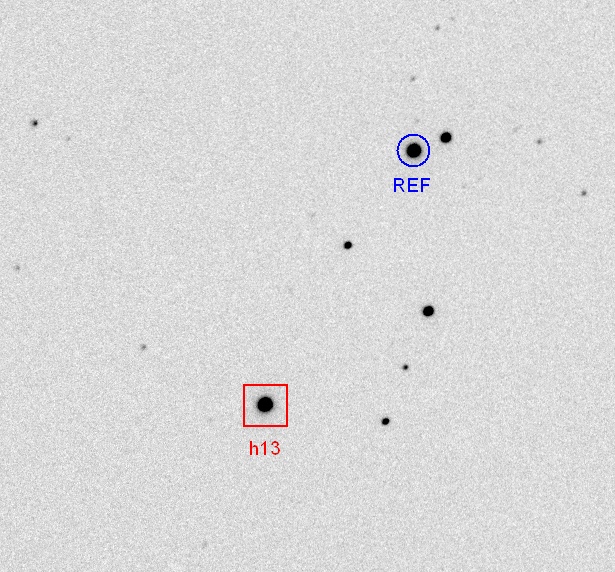
Figure 1. FOV 8.8 x 8.2 'arc, north up, east left, showing HAT-P-13
(labeled "h13") and a nearby star that will be used as reference for the
case study of this web page. FWHM = 3.9 pixels. A Celestron 11-inch and CBB-filter
were used.
In this image a 11-inch telescope was used with a CBB-filter for a 15-second
exposure. The star fluxes are 160,000 counts for h13 and 121,000 counts for
the reference star. For h13 the maximum count, Cmax, was 7508. The air mass
was 1.14, CCD gain was 2.5 electrons/count, and Ni = 7.5 counts. I will assume
60-second exposures for calculating RMS values. For 60-second exposures we
can expect Cmax for h13 = 30,000 counts, which is close to optimum for LC
observing (as seeing varies Cmax will vary inversely with the square of FWHM,
so we need about this much safety margin to be sure Cmax doesn't exceed the
CCD's linearity limit, which is ~ 52,000 counts for my CCD). For g = 60
seconds, the star fluxes will be 640,000 and 484,000 counts.
We calculate SE(thermal) by referring back to Eqn 1, SE Thermal [mmag]
= 1086 × sqrt(s) × Ni / Star Flux [counts]. SE(thermal) = 0.23
mmag for h13 and 0.30 mmag for the reference star. After comparing h13 with
the reference, we can predict SE(thermal) = 0.38 mmag.
We calculate SE(Poisson) by referring to Eqn 3, SE Poisson [mmag] = 1086
/ sqrt (CCDgain × StarFlux[counts]). SE(Poisson) = 0.86 and 0.99 mmag.
After comparing h13 with reference we get SE(Poisson) = 1.31 mmag.
We calculate SE(scint) by referring to Eqn 4, SE Scintillation [mmag]
= 5.35 × (14 inches / D)2/3 ×AirMass1.75
/ sqrt(g[sec]). For D = 11 inches, and air mass = 1.17, SE(scint) = 1.07
mmag for both stars. After comparing h13 with reference, we get SE(scint)
= 1.51 mmag.
The orthogonal sum of all three noise sources is RMSi = 2.03 mmag. This
RMSi will serve as a reference for other values calculated for other telescope
apertures and air masses.
RMSi doesn't have a penalty for poor duty cycle. For example, a large
aperture telescope might produce very low RMSi values but if most of an observing
session is spent downloading images the amount of information obtained per
unit of observing time could be low. Let's define something called "predicted
RMSi per 10-minutes of observing time." This will be a more useful parameter
for considering alternative observing strategies. I shall assume that each
image has a download and settle time overhead of 10 seconds. In the following
analysis I will calculate exposure time that leads to Cmax = 30,000 counts,
assuming FWHM = 4 pixels. I will also prevent exposure times from extending
beyond 60 seconds because longer exposure times run the risk of producing
a too high incidence of outlier rejections (e.g., spoiled images due to cosmic
rays, poor seeing, airplane of satellite tracks, etc).
Here is a plot showing the breadown of the three components of noise
for a 11-inch telescope versus air mass.
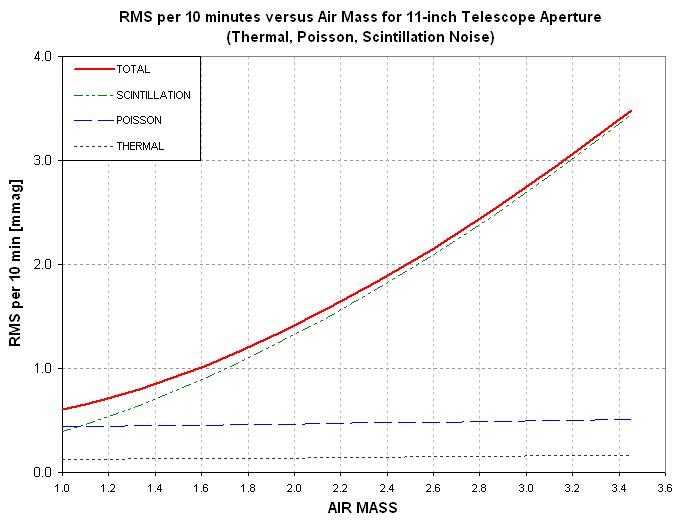
Figure 2. "10-minute RMS" for the three noise sources versus air
mass for a 11-inch telescope, with duty cycle taken into account.
This plot shows that near zenith Poisson and scintillation noise are comparable
(for an 11-inch telescope). However, beyond air mass ~ 1.5 scintillation
dominates. Thermal noise is never dominant.
The next plot shows total RMS noise per 10 minutes for a selection of
telescope apertures.
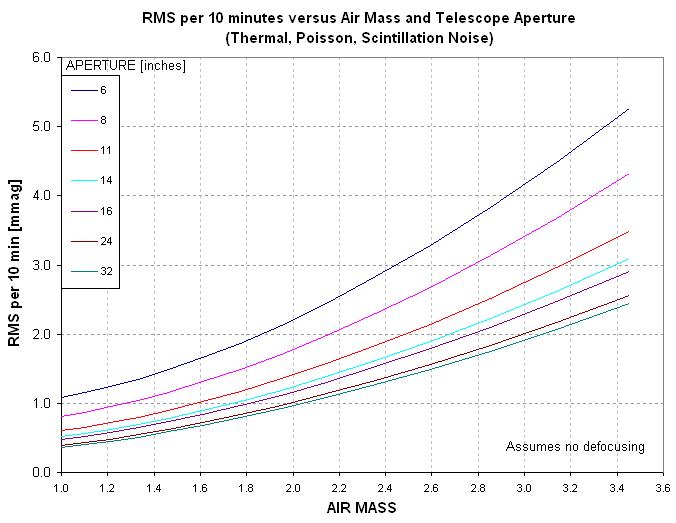
Figure 3. "10-minute RMS" (total of thermal, Poisson and scintillation)
versus air mass for a selection of telescope apertures, with duty cycle taken
into account.
This last plot is misleading because large apertures will likely defocus
and thereby improve their duty cycle, thus recovering some of the lost performance
caused by short exposure times that are otherwise required to prevent saturation.
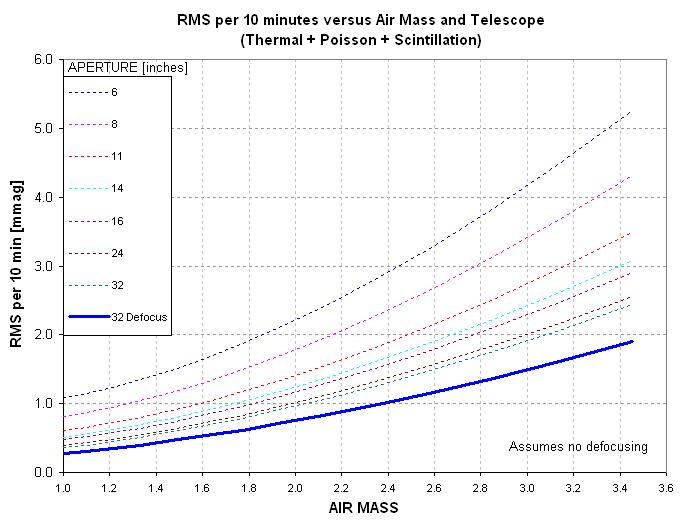
Figure 4. By defooocusing just a little, so that Cmax decreases
to ~ 1/3 of the sharp focus value, the total "10-min RMS" for a 32-inch telescope
observing HAT-P-13 improves by ~ 30%.
How does this come about, because by defocusing thermal noise should increase
since the photometry aperture needs to increase in size?
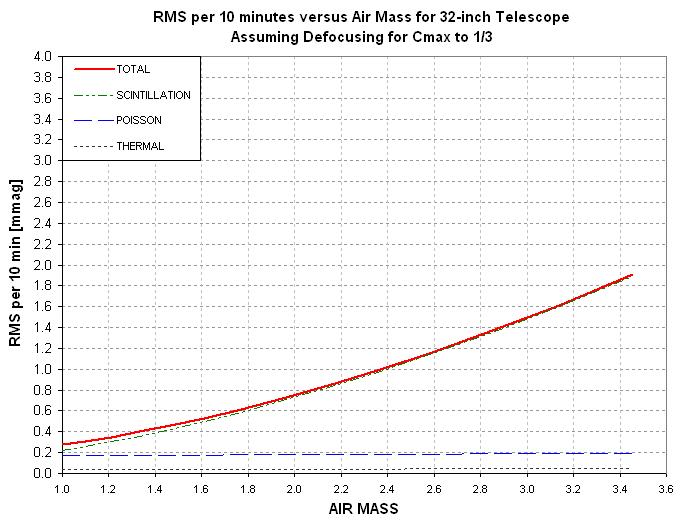
Figure 5. SA 32-inch telescope's noise partitioning shows that
scintillation dominates for all air masses but Poisson and thermal noise
decrease due to the improved duty cycle.
For apertures greater than ~ 20 inches defocusing will have benefits.
They will be modest because the principal component of noise is scintillation,
and it only decreases due to defocusing because duty cycle improves somewhat.
This completes the derivation of "10-minute RMS" for a variety of telescope
apertures and air mass values.
____________________________________________________________________
WebMaster: B.
Gary.
Nothing on this web
page is copyrighted. This site opened: 2010.03.23. Last Update: 2010.03.23.